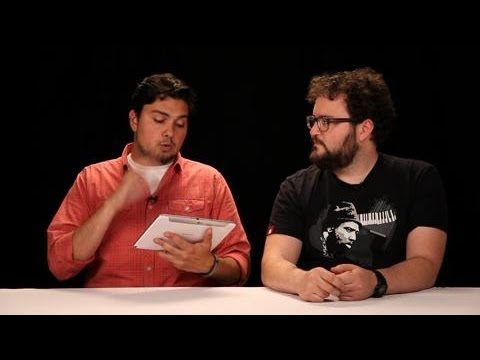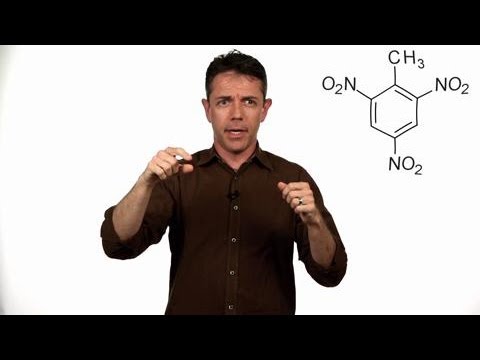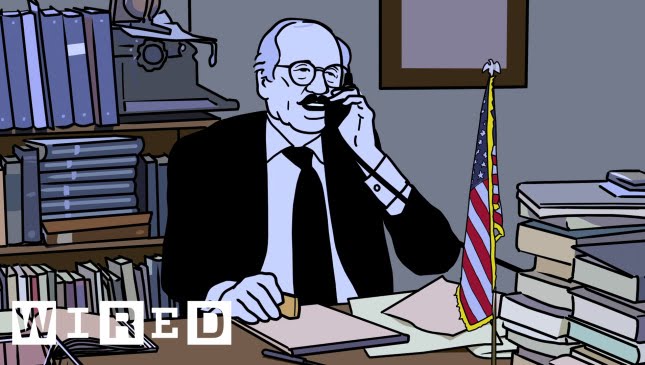Body Language Expert Reviews His Own Body Language
Summary
In this Q&A session, body language expert Joe Navarr reviews his own body language during a video shoot. He discusses several of his own comfort behaviors, including interlacing his fingers and bringing his elbows close to his body. He also talks about how he deals with anxiety through the use of pacifiers, such as shaking his leg or touching his jacket. Navarr emphasizes the importance of paying attention to one’s own body language, especially in high-pressure situations.
Table of Contents
- Interlaced Fingers and Comfort Behaviors
- Bringing Elbows Close to Body
- Shaking Leg and Dealing with Anxiety
- The Preening Behavior
- The Importance of Paying Attention to Body Language
Introduction
As a body language expert, Joe Navarr has spent his career analyzing the body language of others. In this Q&A session, he turns the lens on himself, reviewing his own body language during a video shoot. Navarr discusses the importance of paying attention to one’s own body language, as well as the comfort behaviors and pacifiers he uses to deal with anxiety and stress.
Interlaced Fingers and Comfort Behaviors
During the video shoot, Navarr noticed that he often interlaced his fingers. He explains that this is a common comfort behavior that he uses to help himself feel more at ease. He advises others to try interlacing their fingers when they don’t know what to do with their hands in a meeting or social situation. Navarr also acknowledges that sometimes he brings his elbows close to his body, which is a behavior that makes him less territorial. He notes that, even if it’s just momentary, constraining oneself can take away from the message.
Bringing Elbows Close to Body
Navarr admits that he noticed one moment where he brought his elbows close to his body and pulled his hands close to his torso. He realizes that this is a behavior he exhibits when he feels uncomfortable, and he advises against it because it can take away from the message. Constraints can be a detriment to fluid gestures, so it’s important to be aware of these types of behaviors.
Shaking Leg and Dealing with Anxiety
Navarr acknowledges that he notices himself shaking his leg subconsciously, which he does because it helps him feel more relaxed and reduces stress. He notes that people often use pacifiers such as touching their hands or wringing them when they deal with anxiety or stress. However, these behaviors can be distracting when on camera or in a meeting, so it’s important to be aware of how one is dealing with anxious feelings.
The Preening Behavior
Navarr also discusses the preening behavior, which is when someone adjusts their clothing or appearance. He notes that he does this due to a conscious awareness of his surroundings and how he is being perceived in front of the camera. However, he emphasizes that preening can also be a pacifier and a soothing activity. He acknowledges that physical touch can be calming and that touch is something that we never outgrow.
The Importance of Paying Attention to Body Language
Navarr concludes by saying that watching oneself on camera is an eye-opening experience. He emphasizes the importance of appreciating what is said and how it is said, but also digging a little deeper to understand what is happening behind the camera. He notes that it’s easy to forget about the dozens of people behind the camera and their impact on the speaker. Navarr advises others to use recording devices to watch themselves as well, even if it’s for a few minutes, to improve upon their body language in high-pressure situations.
Conclusion
In conclusion, Joe Navarr’s Q&A session on his body language during a video shoot emphasizes the importance of self-awareness and understanding one’s own comfort behaviors and pacifiers. By paying attention to our own body language, we can improve ourselves and better convey our messages to others.






